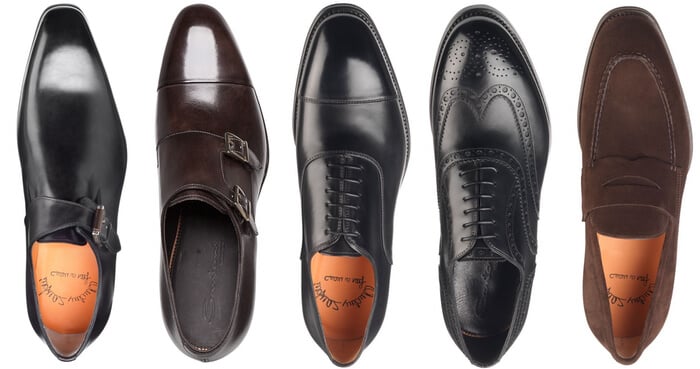
In just over 40 years since its establishment, Santoni has grown to become one of the most well-known leather shoe brands in the world, let alone Italy. The brand’s leather shoes, which are often seen in department stores in Japan, can be said to be the royal road to Italian shoes with their beautiful coloring and stylish forms. In this issue, we introduce the charm of Santoni and its standard models!
Suponsered by
About Santoni
Santoni is a shoe brand that originated in Italy. While most of the leather shoe brands that are considered top-notch in both Italy and the U.K. have a history of more than 100 years, Santoni has become one of the top brands in less than half that time. With a specialized design team and a hand-dyeing department of more than 80 people, Santoni is a talented craftsman who uses different techniques such as Goodyear welt and ventibeña depending on the design of the shoe. The collection is characterized by sophisticated colors and modern long-nose silhouettes, and is a symbol of Italian footwear.
History of Santoni
Santoni was established in 1975 in Civitano Marche, Italy. The founder, Andrea Santoni, acquired shoemaking know-how at a small shoemaking company before establishing his own workshop. In 1995, less than 20 years after its founding, the company opened its first flagship store in New York. The company continued to increase the number of directly managed stores globally, including Milan, Moscow, Kiev, Tokyo, and Rome, and by the late 1990s had already grown to become one of Italy’s leading leather shoe manufacturers. One of the main reasons for the brand’s rapid growth is the attitude of valuing the hands of craftsmen. The artigiano spirit of Andrea Santoni, who has a hands-on nature, has taken root in each of Santoni’s craftsmen, who still demonstrate the highest potential in sewing and painting techniques even as the company has expanded. Andrea Santoni is currently the chairman of the board. His beloved son, Giuseppe, is the current head of the company, and the brand continues to grow. Andrea is still in charge of the production site.
Andrea, founder (right) and Giuseppe, the second generation (left)
Santoni uses different manufacturing methods for the sole depending on the model of the shoe.
The soleing technique greatly affects the comfort and impression of the shoes. Usually, leather shoe brands follow their own specialized techniques. English shoe makers who aim to make leather shoes that can be worn for a lifetime generally use the Goodyear welt method, while Italian shoe makers who pursue stylish appearance and light comfort generally use the Mackay method. Of course, there are brands that use both Goodyear welt and Mackay, but at most they use two or at most three techniques.
Santoni, which has respected craftsmen since its establishment and is particular about their skills, handles an astonishing 10 or more soling techniques. The technique used depends on the model of the shoe to be made. One of the reasons why Santoni’s leather shoes are loved by customers is their stance that draws out the charm of the upper design to the maximum and offers the wearer the most suitable way to deal with the leather shoes. The following is a list of typical techniques.
Santoni’s manufacturing method (1) “Mackay method
The Mackay method, the royal road of Italian shoes, is called the break (break) method at Santoni. Originally, an American, Ryan Blake, invented the machine in 1858, and later Gordon Mackay bought the rights and popularized the method, which is why it is called “Mackay method” in Japan and the U.S. and “Blake method” in Europe.
This manufacturing method, in which the upper, insole, and outsole are sewn together at once, is attractive for its simplicity and clean appearance. Another major advantage of this method is that the soles have a good warp and fit well in a short period of time after being worn in. However, unlike Goodyear, all-sole repairs are limited to about two times, so it is important to note that they cannot be used extensively. The Mackay method, which has a very small flap, goes well with Santoni’s leather shoes, which are often slender models, and is frequently used.
Santoni’s manufacturing method (2) “Goodyear Bologna method
Santoni has four different techniques for Goodyear alone. Among them, the Goodyear Bologna method is the most specialized. This method is also known as the Bolognese Goodyear Welt. It is a hybrid method that compensates for the shortcomings of both the sturdy but heavy Goodyear welt method and the light but less durable Bolognese method.
The Goodyear Bolognese method, which Santoni handles, requires the most time before the outsole is sewn on. Before the upper is suspended in the wooden form, the lining is first sewn into a bag and then suspended. The upper and lining must wait until they are perfectly aligned. Only after the upper has been laid in the wooden form for at least 15 days is the outsole sewn on, which makes the shoe extremely soft and comfortable to wear.
Santoni’s method (3) “Bentivegna method
The ventibeña method is handmade-based and extremely labor-intensive. The process of sewing the welt around the entire circumference of the upper, and then sewing the welt and sole together is almost entirely done by hand. Only a few craftsmen are able to handle this method, which requires the original skills of shoemaking to be able to make strong and sturdy shoes by hand. Craftsmen who can handle the ventibegna method are inducted into the Santoni Maestro Hall of Fame.
Santoni’s manufacturing method (3) “Cherubino method
The Cherubino method is used for mountain shoes and other models. This method has a long tradition of sewing the welt, insole, and upper first, then the welt, midsole, and rubber sole. The thick rubber sole and the welt are sewn by hand, and the artisan’s skill is shown in how he stitches over the rubber sole in an invisible state.
What is Santoni’s hand-painting with Italian shoe style?
Along with the sole attachment technique, hand color painting is a technique that is synonymous with Santoni. Like the patina of the French brand Berluti, the painting technique that enhances the charm of leather to the fullest is now a standard for Italian shoes. Santoni introduced this technique at a very early stage, and about 80 of its approximately 500 craftsmen work in the painting department.
The painters have inherited a unique color recipe and apply up to 15 layers of different colors to the leather. First, they apply the first color to the leather, wait for it to dry, and then slowly and constantly lay down color vertically with a wool cloth, all by hand, in a tremendous process. Once that is done, the next step is to use a brush to apply the color between the upper and the sole. The final polishing process is done by hand, first with a brush and then with cashmere and silk cloths, using natural waxes and creams. The painting process is a labor-intensive, time-consuming, and highly skilled one, requiring several hours to complete each pair. However, each pair of hand-painted leather shoes is a unique and one-of-a-kind item, as no two pairs are exactly alike in coloring. Santoni is a pioneer who sublimated shoes into an art form, and he is also a key figure in making hand color painting a house specialty of Italian shoes.
Abundant variety and high quality of Santoni leather
The beautiful texture and modern silhouette of Santoni’s hand-colored paintings are only possible with the best materials. Vintage leather, a natural tanned leather that has undergone a special treatment, is a perfect match for the paintings and adds presence to the footwear. The more the leather is worn, the more it blends with the footwear, allowing the wearer to enjoy the vintage look and feel of the leather as it ages. For suede skins, the raw hides are carefully selected and only those that pass EU quality standards are used. The suede is colored in the dyeing drum and raised to give the suede shoes a soft and supple texture. For cordovan, rare and valuable buffalo leather is used. It is durable, smooth and moist, and has a beautiful luster. Other leathers are vegetable-tanned natural vachetta leather finished by traditional methods, and all Santoni leathers are made to the highest standards of quality.
Santoni leather sneakers that sparked a boom
Santoni made its first appearance on the Japanese market in the mid-1990s. The Italian classic boom that began shortly thereafter drew a great deal of attention to Santoni’s leather shoes. The leather sneaker boom that took off from 1999 to 2000 as a new innovation in casual style for adults was sparked by the leather sneaker. Santoni was the one who ignited this trend. Santoni made the most of its expertise in leather shoe manufacturing and created the concept of a sneaker that is both formal and functional, while making full use of high-quality leather and manufacturing methods. Today, leather sneakers have gone beyond the boundaries of the boom and have become a staple item in men’s footwear. The fact that Santoni’s leather sneakers were once used for Hermes’ leather sneakers shows their authenticity.
Santoni’s “exclusive line” in collaboration with Mercedes-Benz and IWC watches
Santoni is also famous as a brand that actively collaborates with brands in completely different industries.” The “Exclusive Line” is the result of a collaboration between the king of automakers, Mercedes AMG, and the prestigious Swiss watchmaker IWC Schauhausen.
The collaboration with Mercedes-AMG resulted in the release of a pair of sneakers with a GT motif. From casual-like to dressy black models, the models are full of a sense of luxury, as if they embody the style of Mercedes.
In his collaboration with IWC, he is working on leather bands for wristwatches instead of leather shoes. The finest leather with Santoni’s house specialty of hand color painting accentuates the charm of IWC’s bygone masterpieces, such as the Portuguese and Portofino.
Introducing Santoni’s classic models
Santoni “Inside Feather Straight Tip”
This is a pair of orthodox straight-tip shoes that exudes the dignity unique to Santoni. The impression is a blend of British style and Italian classicism, and the slender long nose, slender square toe, and narrowed waist give a glimpse of the Italian brand’s attention to detail. The delicate stitchwork is a perfect match for the sharp wood shape. The Goodyear sole, which is designed to be used in a wide range of situations, is also an attractive feature.
Click here for details and purchase
Santoni “Single Monk Strap
The side monk strap features a buckle that wraps around the side. The design creates a highly dressed atmosphere and allows the wearer to appreciate the beauty of the form and upper. The antique-finished leather creates a classical atmosphere beautifully. In addition, the sharp chisel toe on the nose adds elegance to the overall shape of the shoe.
Click here for details and purchase
Santoni “Double Monkstrap
Dark brown leather monk strap shoes. An orthodox pair with a double buckle on the side and a toe cap at the tip. The sharp wood shape, typical of Santoni, gives off an urban impression.
For details and purchase, click here.
Santoni ” Tassel Loafer
For details and purchase, click here.
Santoni ” Leather Sneakers
This leather sneaker has been a staple in Santoni’s collection since it sparked a boom. This iconic model features a rubber cupsole and a supple blue leather upper. This versatile pair is a concept work that beautifully combines traditional technical skills with the functionality of a sneaker.

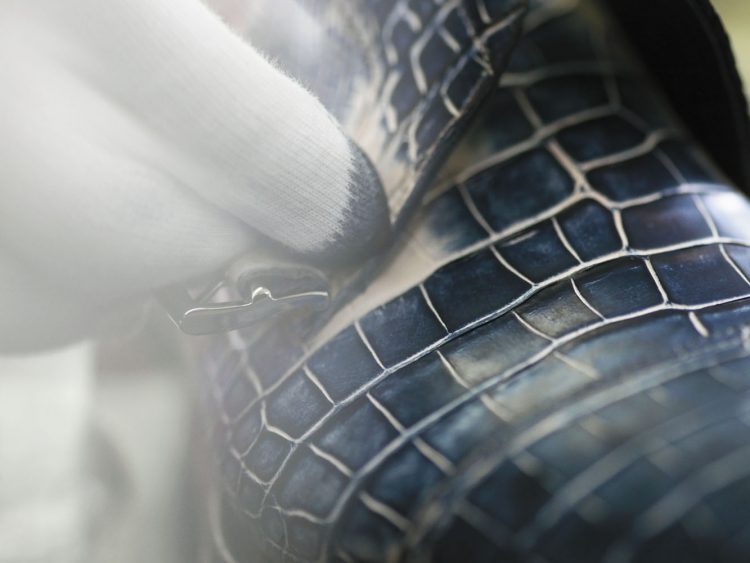
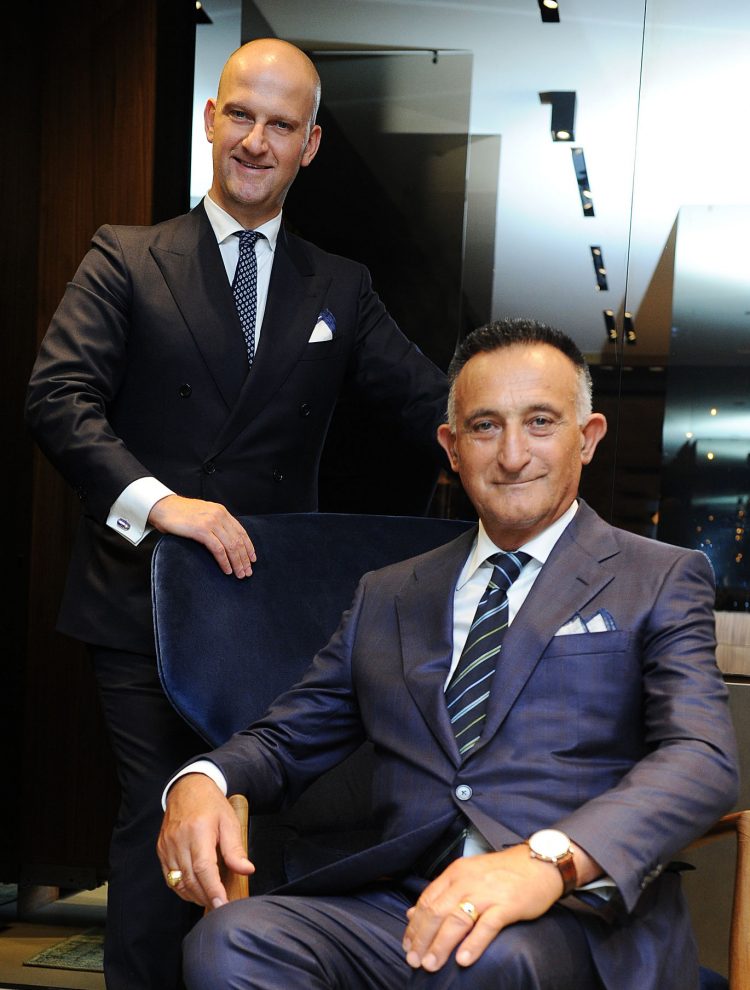
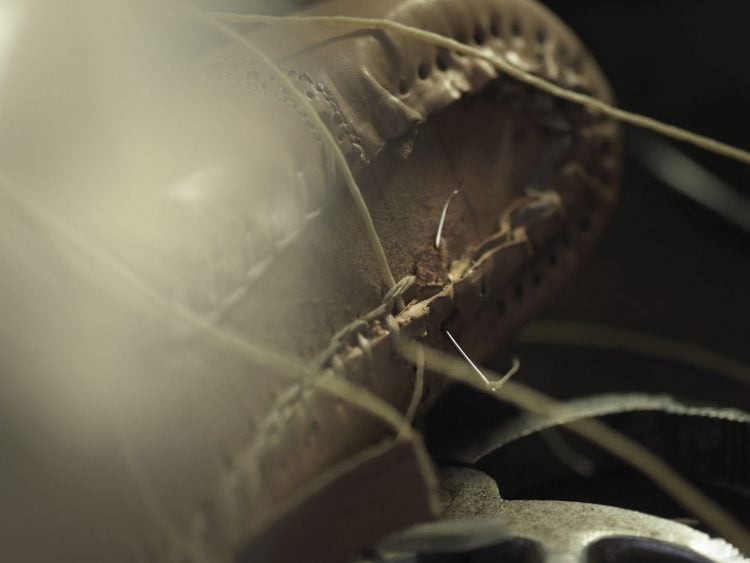
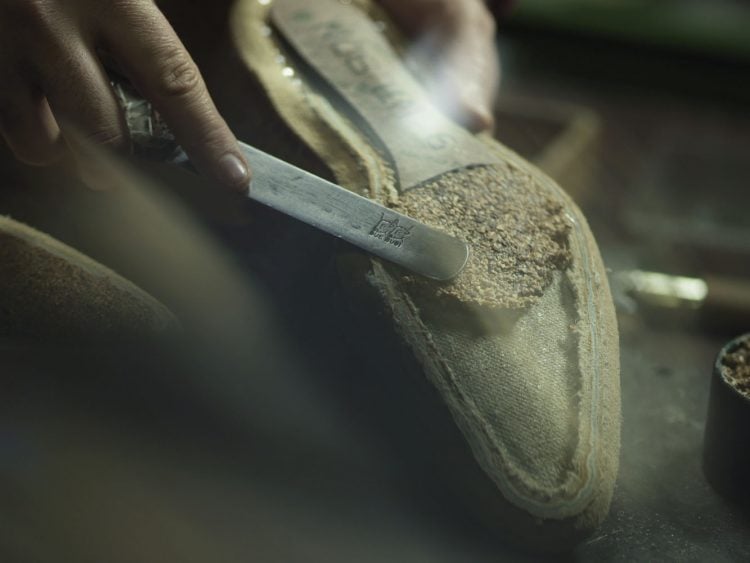
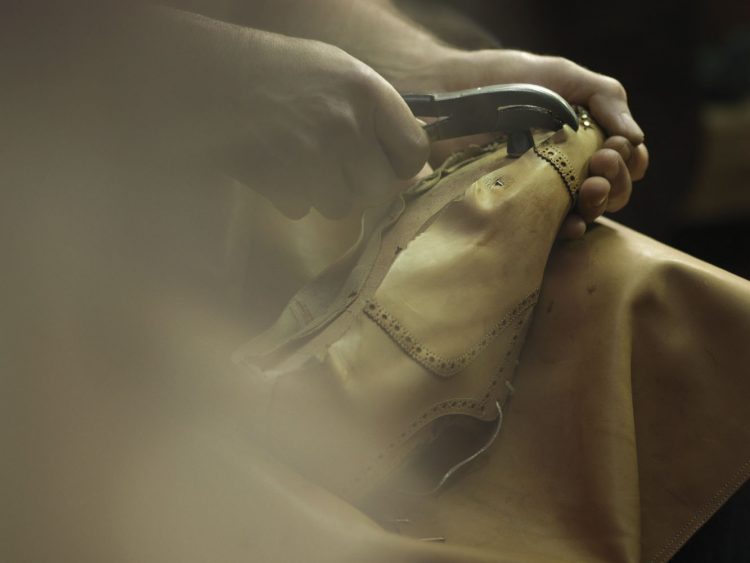
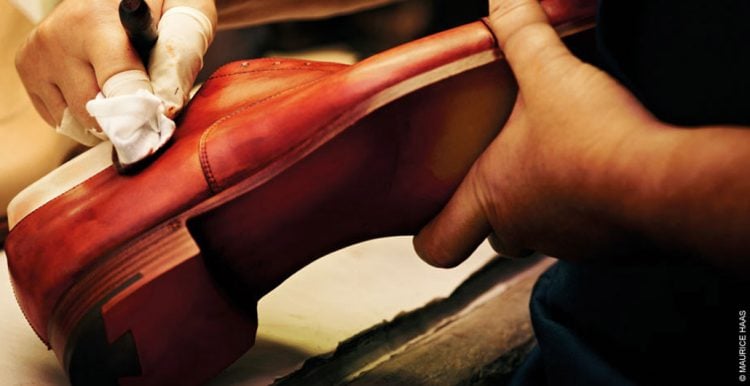
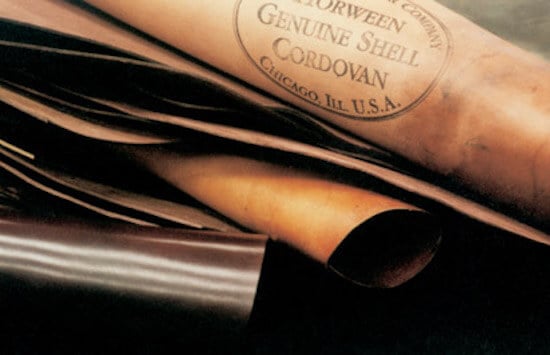
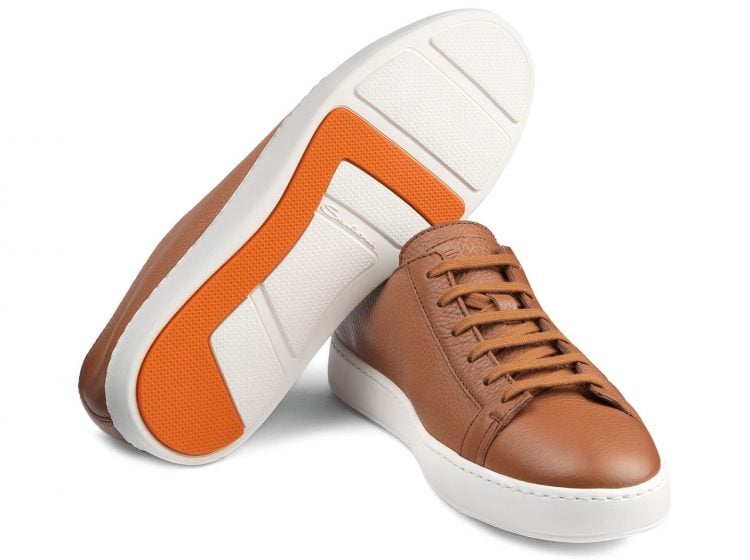
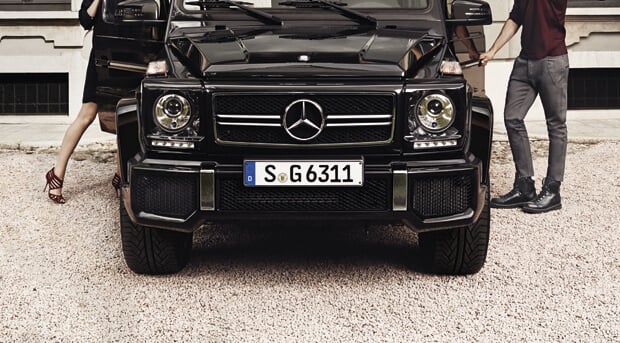
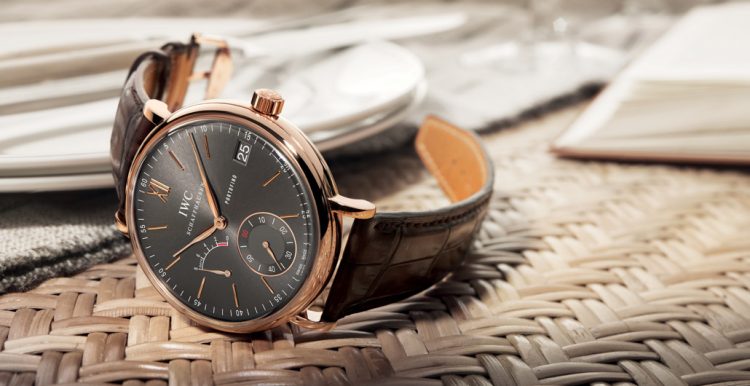
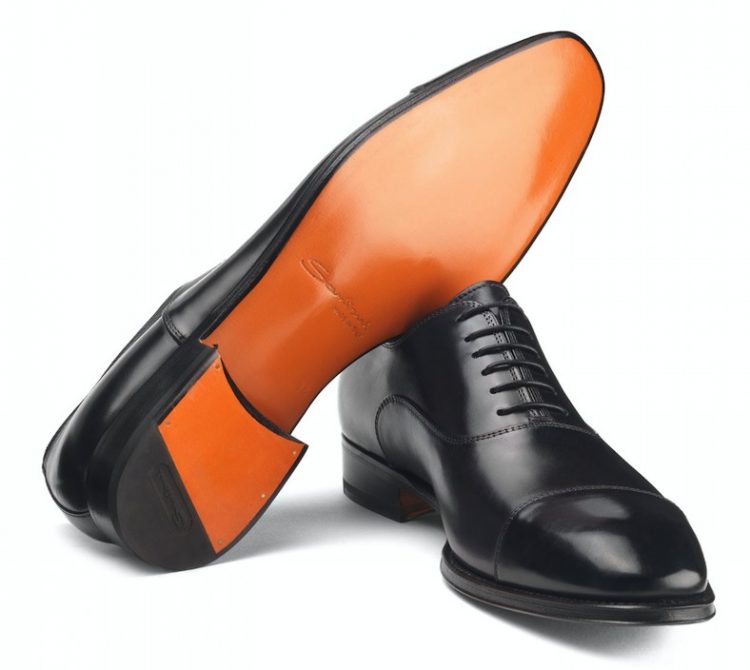
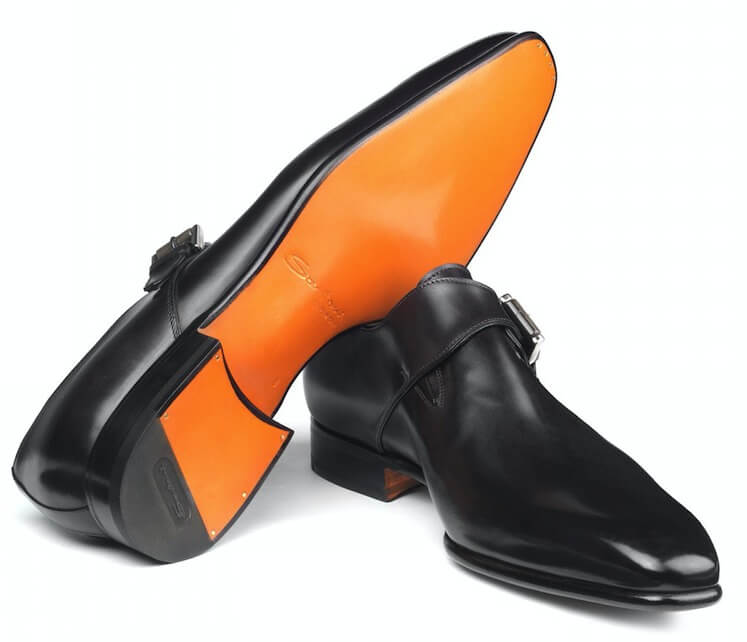
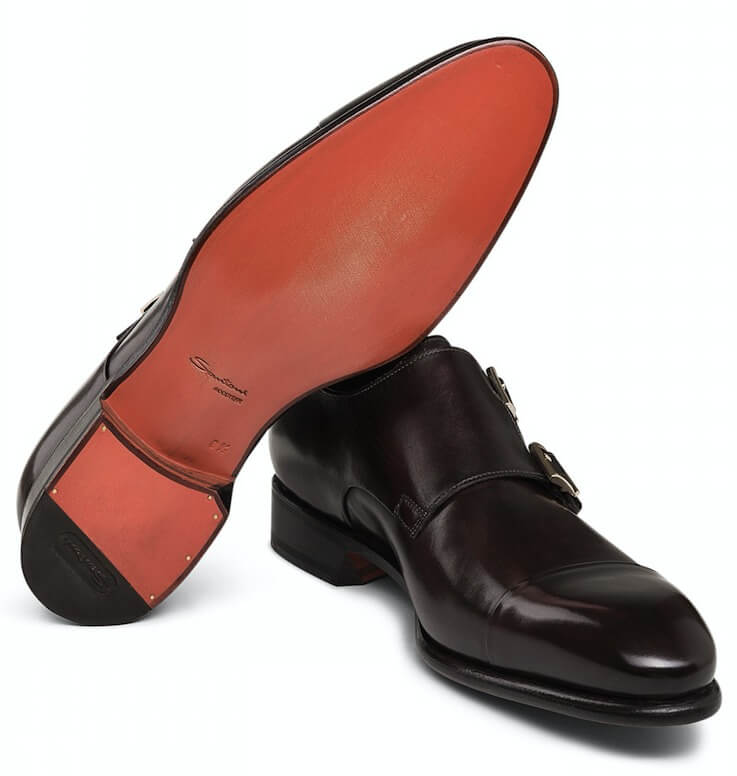
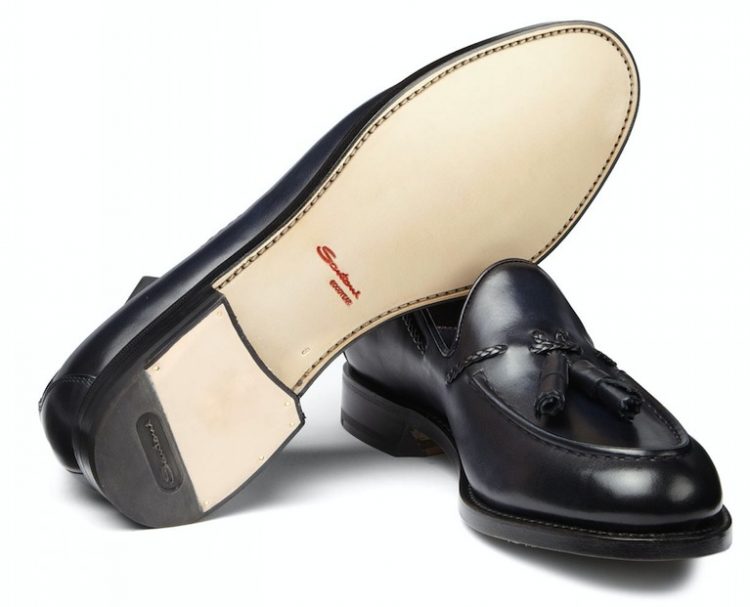
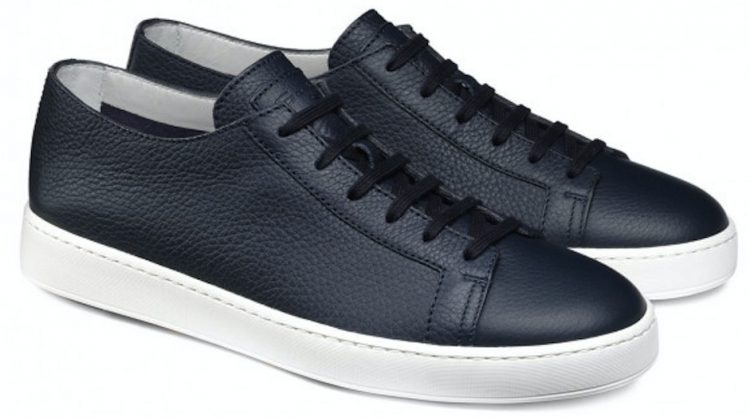
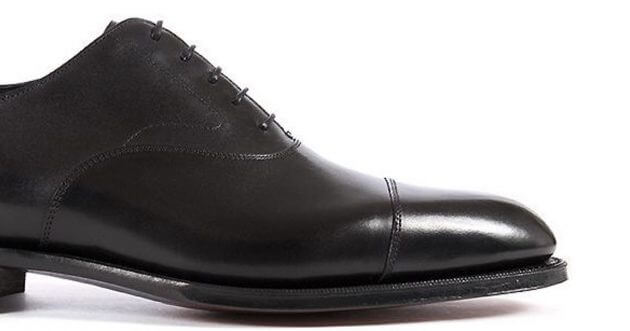

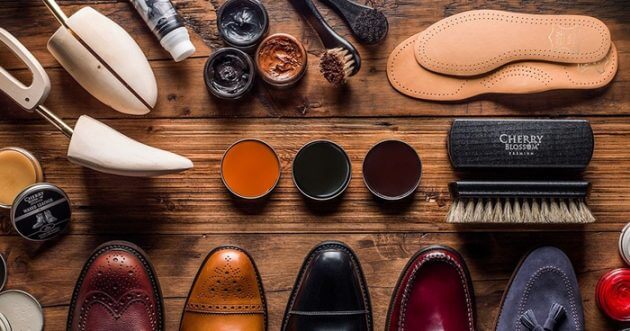
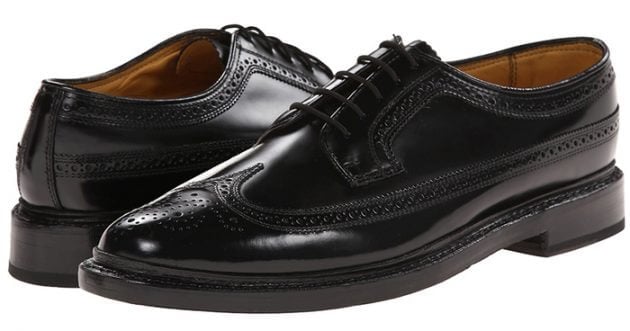
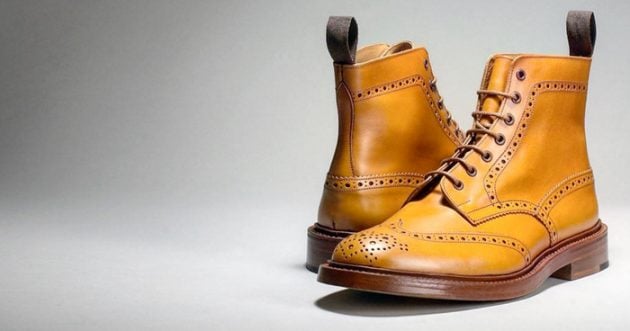
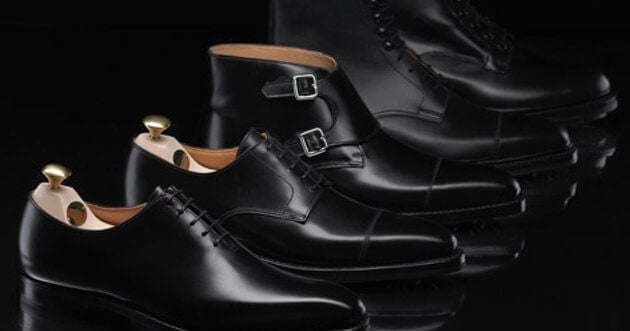
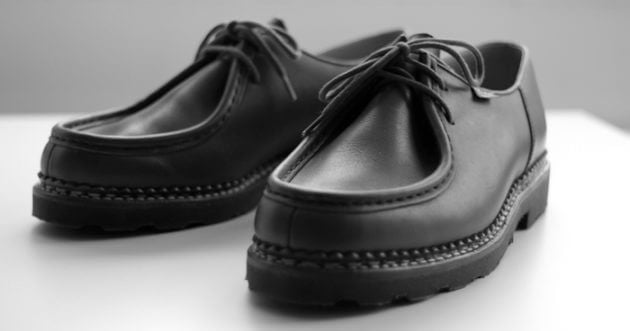
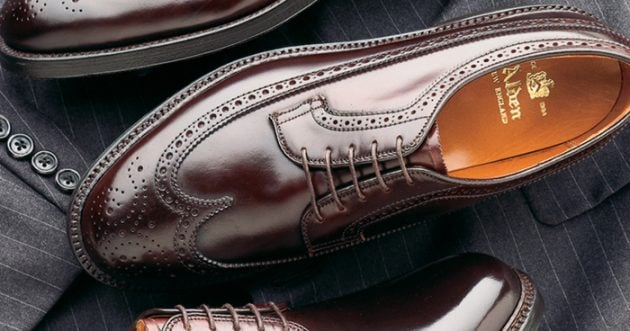
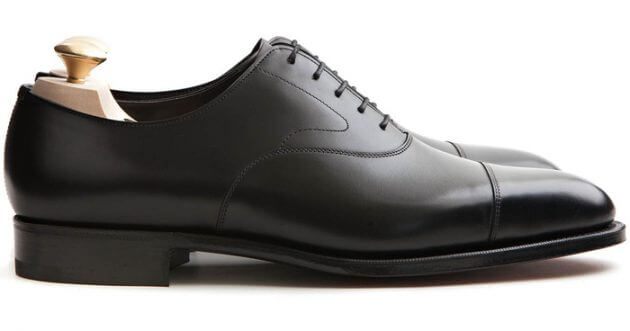
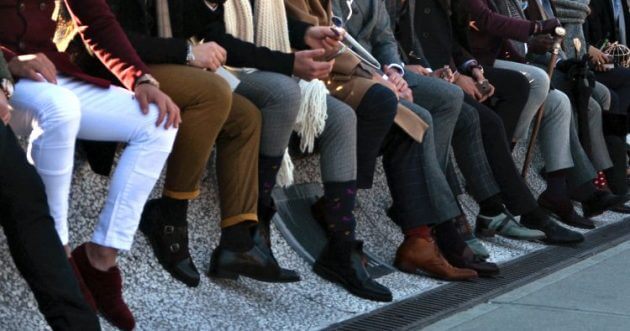
![Waterproof spray for shoes [ how to choose without fail & 18 recommendations ].](https://otokomaeken.com/wp-content/uploads/2024/03/82ca73c489d79da5328aaacae7d2266d-630x331.jpg)
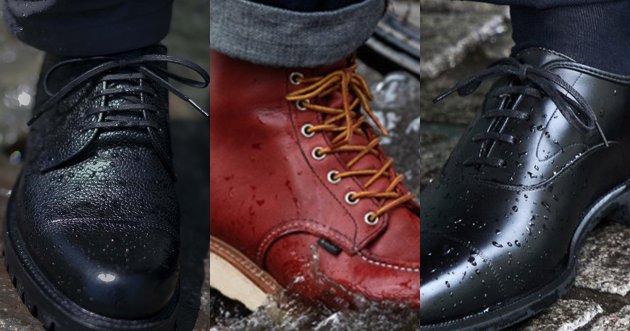
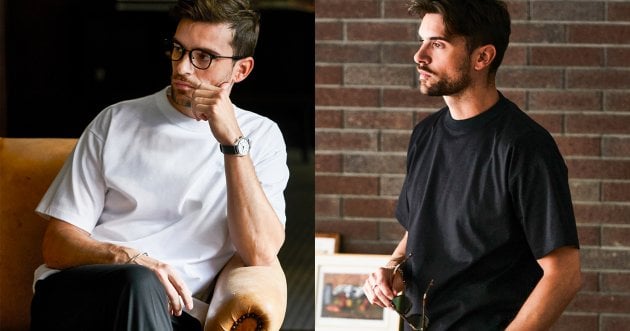
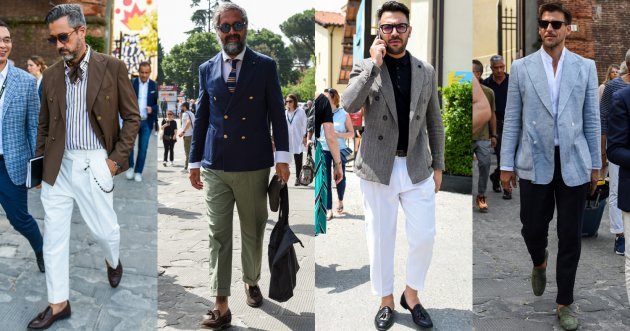
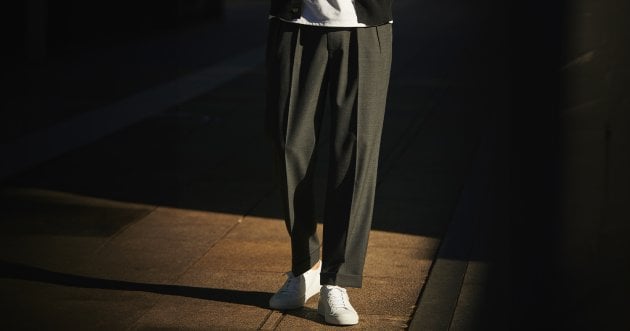
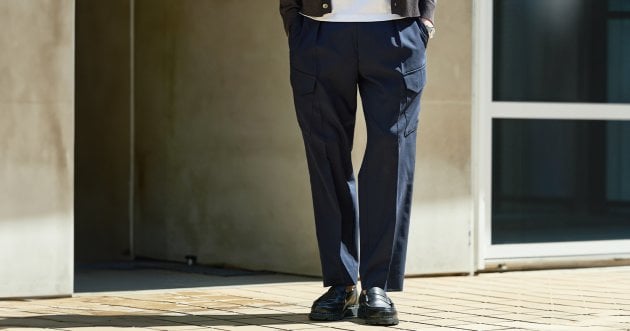
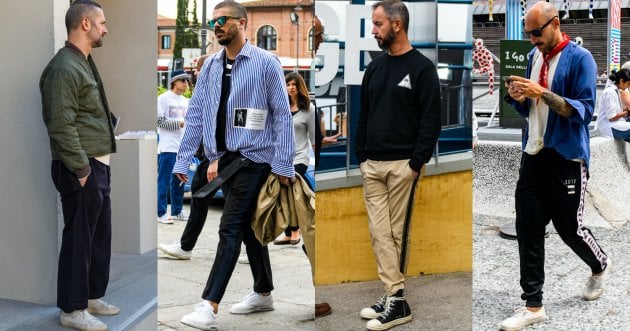
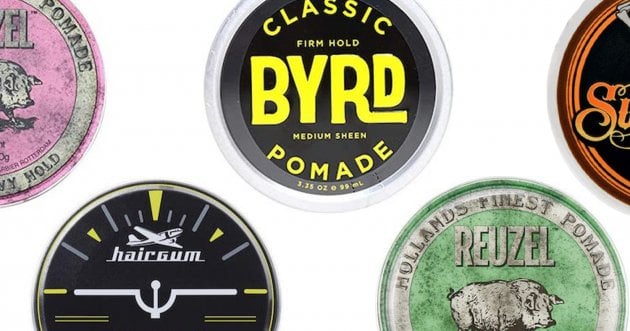





![A roundup of the 65 most popular brands of jeans [ 2024 Denim Latest ].](https://otokomaeken.com/wp-content/uploads/2015/04/777f096a10d40de2a7037fce7da8f708-115x60.jpg)



